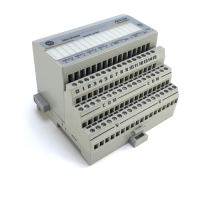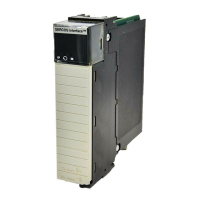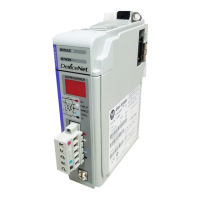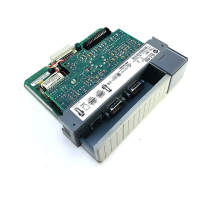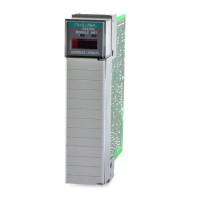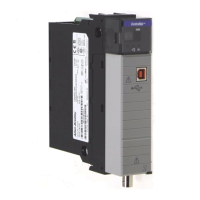Chapter 7
Data Output Formats
7–5
Code 128 has three code subsets, Code A, Code B, and Code C. Code A and
Code B represent the normal ASCII characters. Code C represents a special
double density numeric format.
Code
Subset
Output
Format
Minimum
Length
Maximum
Length
A & B a...a 1 31
C a...a 2 62
Output Format Key: a = message character
Note:
1. The check character printed is not transmitted.
2. There are no decoding options for Code 128.
Decoding Options
Output
Format
Minimum
Length
Maximum
Length
One check character a...ac 2 32
Two check characters a...ack 3 32
Output Format Key: a = message character
c = first check character
k = second check character
Note: All characters encoded are transmitted, including the check character
or characters.
Code 11 Example
You need to be aware of the three following cases:
1. The last data character is the check character.
2. The next to the last character is the first check character, and the last data
character is the second check character.
3. Case 3 shows one packet of bar code data and how it will be interpreted
when using one and two check characters.
If one check character is enabled, 8 will be interpreted as the first check
character.
If two check characters are enabled, the second to last character, 2, will be
interpreted as the first check character. The last character, 8, will be
interpreted as the second check character.
Code 128
Code 11
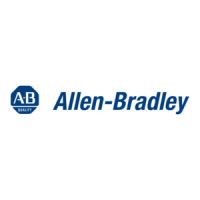
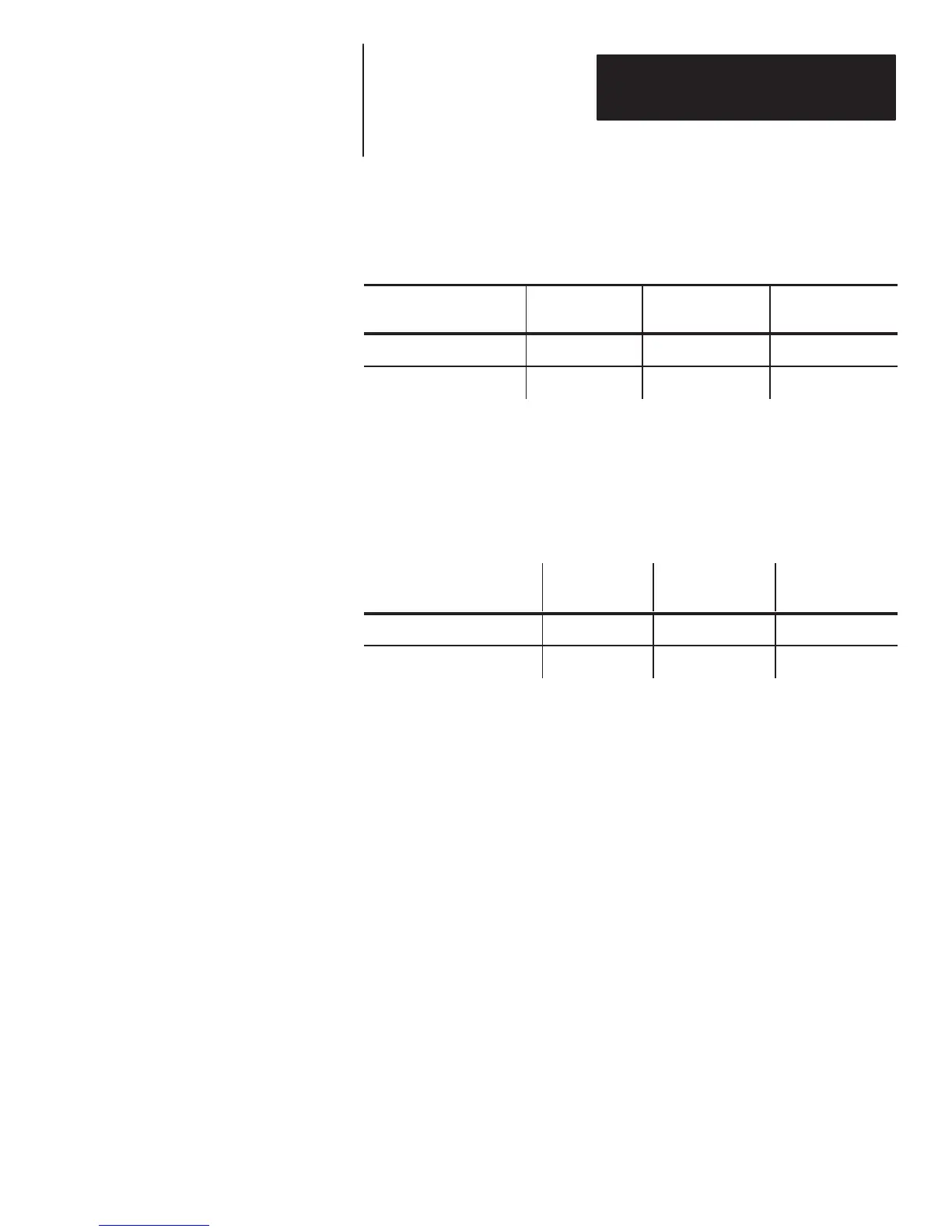